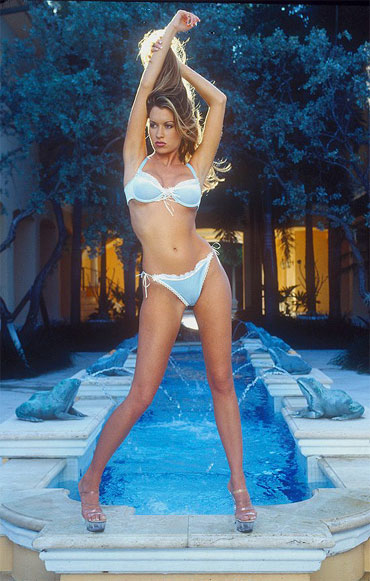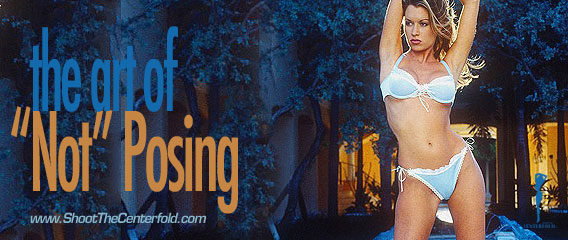The Art of “Not” Posing
When putting together my posing guide, it was necessary for my model, Mary Alejo, to exaggerate some of the poses in order to illustrate the possibilities. The posing guides are an invaluable, but one should not treat them as the be all and end all of posing, for they are merely suggestions and by no means exhaustive. However, a hundred poses isn’t a bad start.
A word of advice: If you slavishly copy these poses, it will result in a photo of a girl in a pose. It is very important that you work with your model to make it her pose… and when I use the word “pose” I mean a “not” pose. She must inhabit the series of poses and make them her own.
In real life, people don’t pose (mostly because they don’t have a camera pointed at them 24/7). Look at your fashion magazines and random photos taken surreptitiously – photojournalism is a good example. Some people think fashion poses are super-exaggerated as well, but that was, like, years ago and it looked more as if they were directing traffic. It was charming and cutting edge in the ‘60s, but now it’s a bit lame.
 Another way to help a model “not” pose is to give her something to do. This doesn’t mean something tacky like wearing a bikini while operating heavy machinery or naked at a service station pumping gas.
Another way to help a model “not” pose is to give her something to do. This doesn’t mean something tacky like wearing a bikini while operating heavy machinery or naked at a service station pumping gas.
Remember, most models aren’t actors. The majority have very little experience and what they do know comes from what they’ve seen on TV reality shows and off the racks of supermarket check-out magazines. That being said, for the most part, they’re lovely, beautiful people who simply wish to please the photographer.
Give the model something to do; the simpler the task, the better. Keep in mind that women are most attractive in the act of being themselves. Drinking from a water bottle. Applying lipstick. Tying their shoe exposing a small, tantalizing glimpse of cleavage. Wearing short skirts that show off a healthy bit of leg. The actions dictate the pose. It’s the small everyday things that are the most endearing, and the images we should strive to capture.
Two fast and simple rules of thumb are to “keep it real” and if you don’t like it, don’t shoot it. Always ask yourself when shooting, “Does this look believable? How would someone position themselves in this situation?” I’m terribly sorry if I run a fantasy but a bikini-clad model thrusting and pouting is not the norm. However, the upside of that is that it is possible for a model to do everything you ask, as long as you can make her laugh, make it a joke and just let her have fun.
It’s the simple truth that most women enjoy posing provocatively and why not? They do it in their mirror at home or in front of their friends all the time. Doing it in front of a camera isn’t that much of a reach. It’s all about being subtle, not obvious. The tackiest of situations can be made to look cool as long as you make a gag out of it (if not, the joke will be on you). Cliché poses are fine, as long as you are both doing them tongue in cheek.
Make them laugh. Make them worry… even make them cry. It’s what making images is all about; affecting people with an image. However, try not to bore your models with predictable poses you can find in any magazine. After all the hard work you’ve put into creating an image, it’s the easiest way to ruin it.
Stay away from the emotionless statues, the one-expression-fits-all posers, and the girls that look like they have a headache or trying to get rid of an upset stomach. Breathe life into her. Have an idea, a concept, a narrative – all these things help in making a photograph that is more than just a model posing in front of a camera.
Byron Newman




















